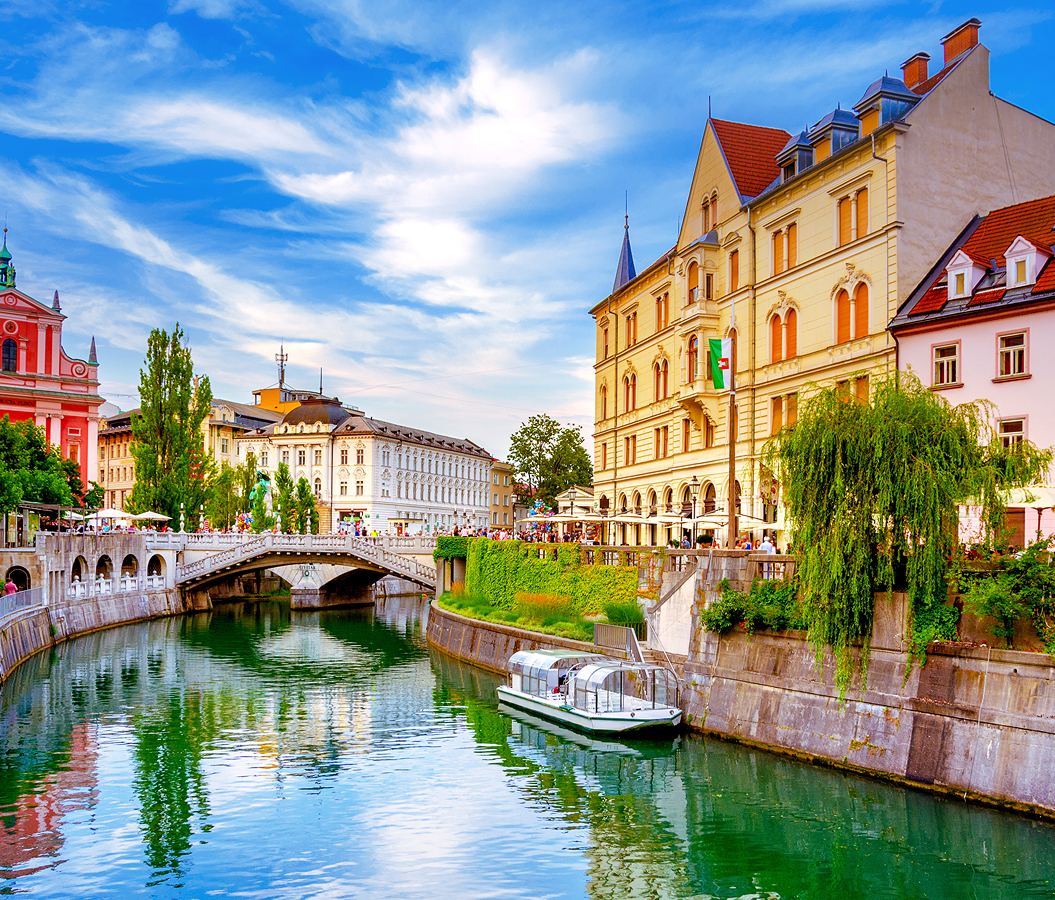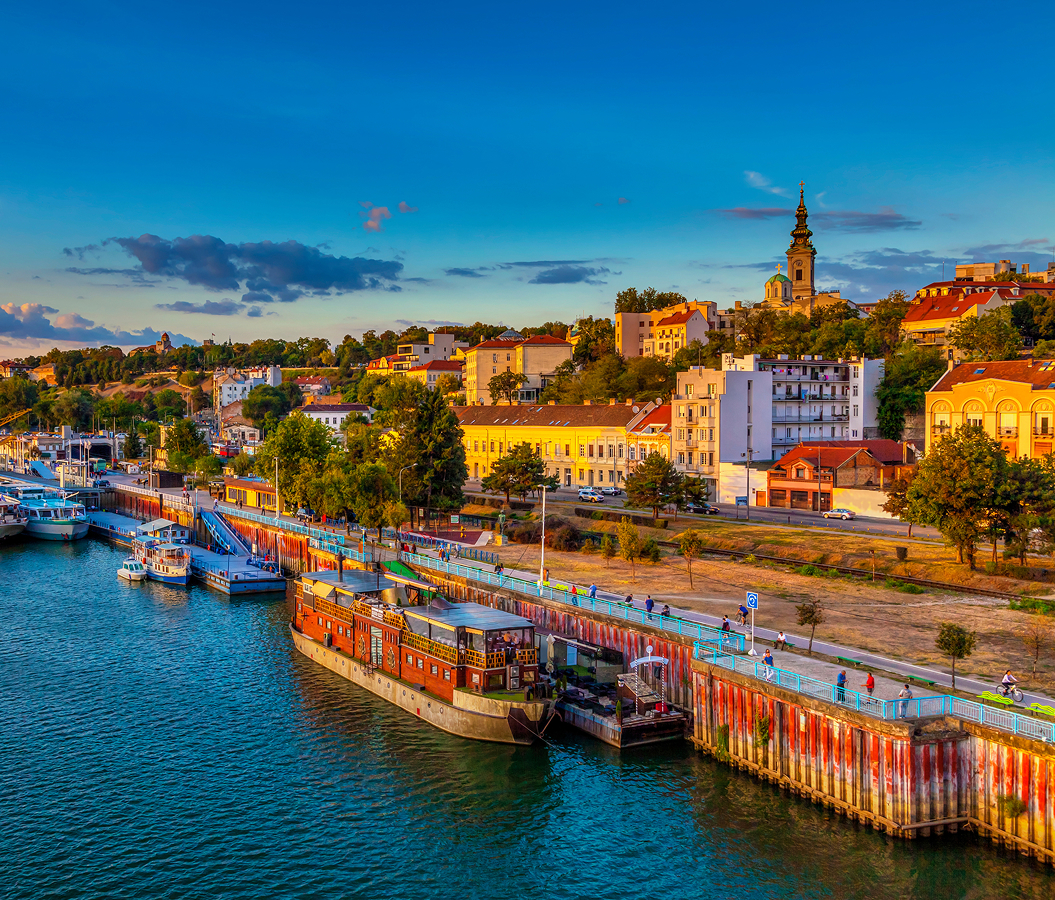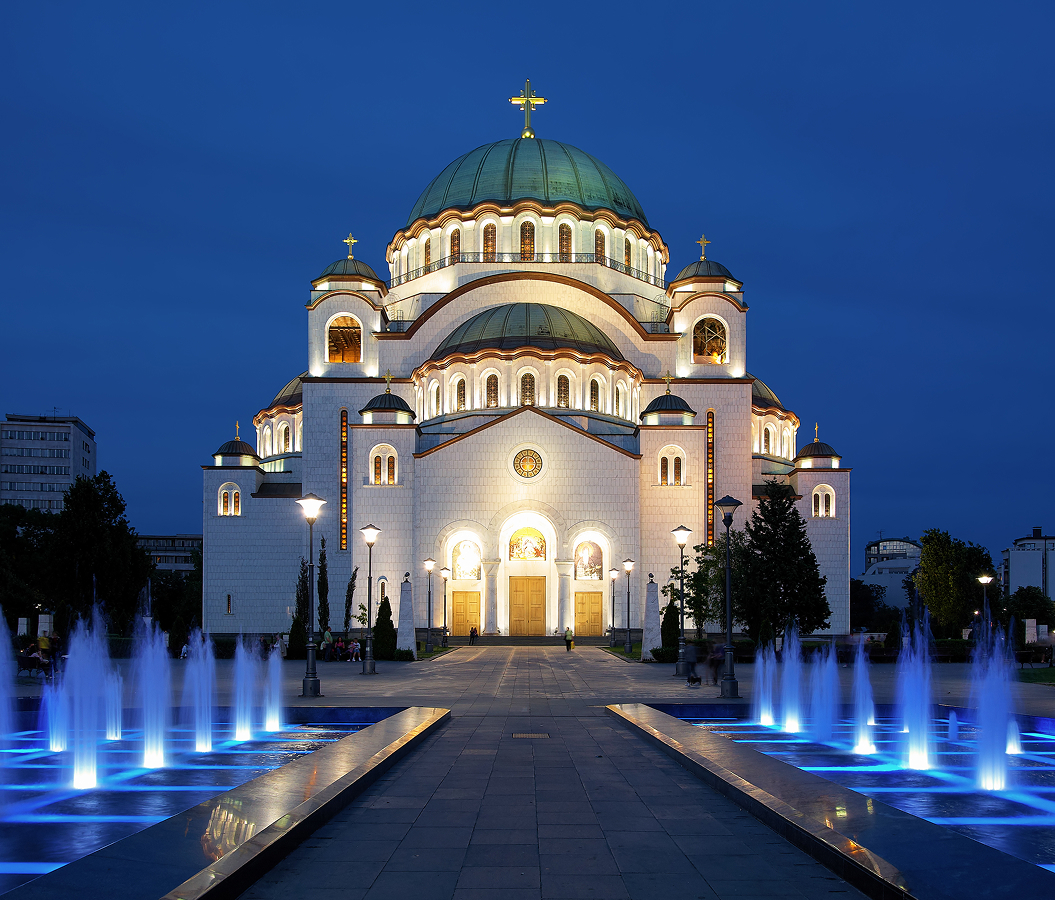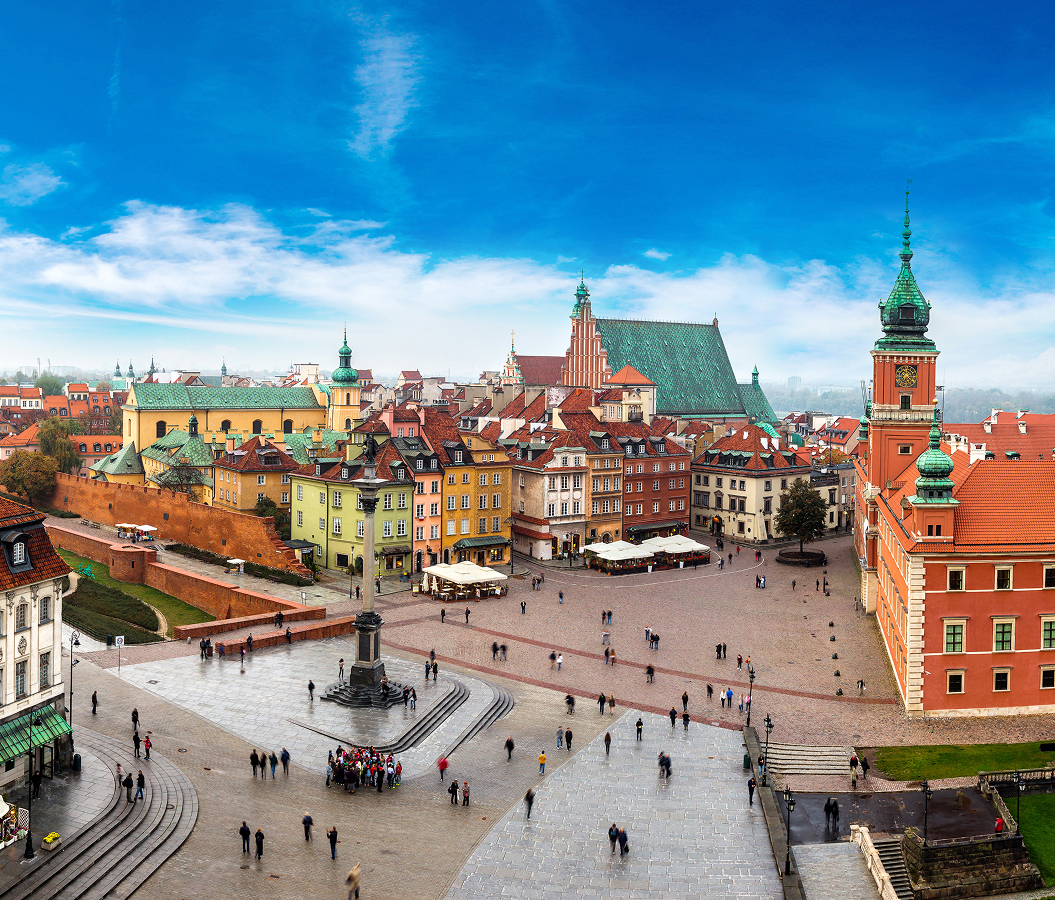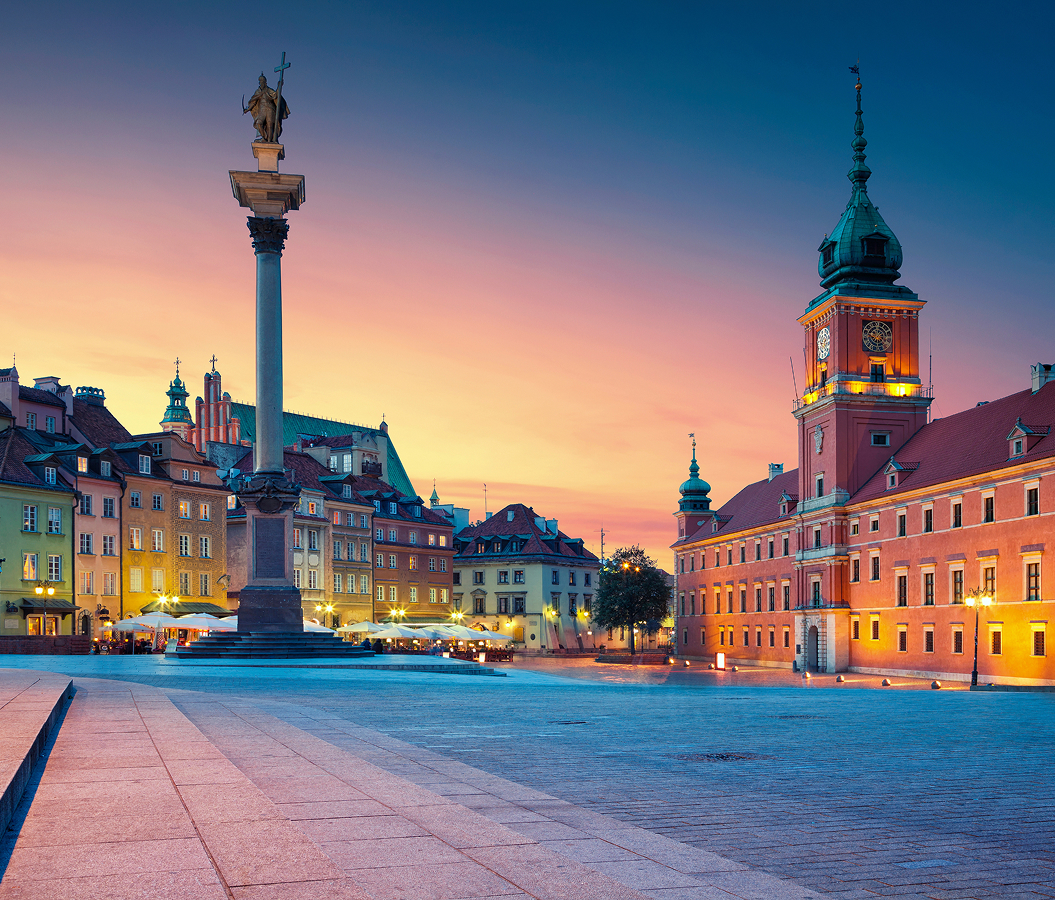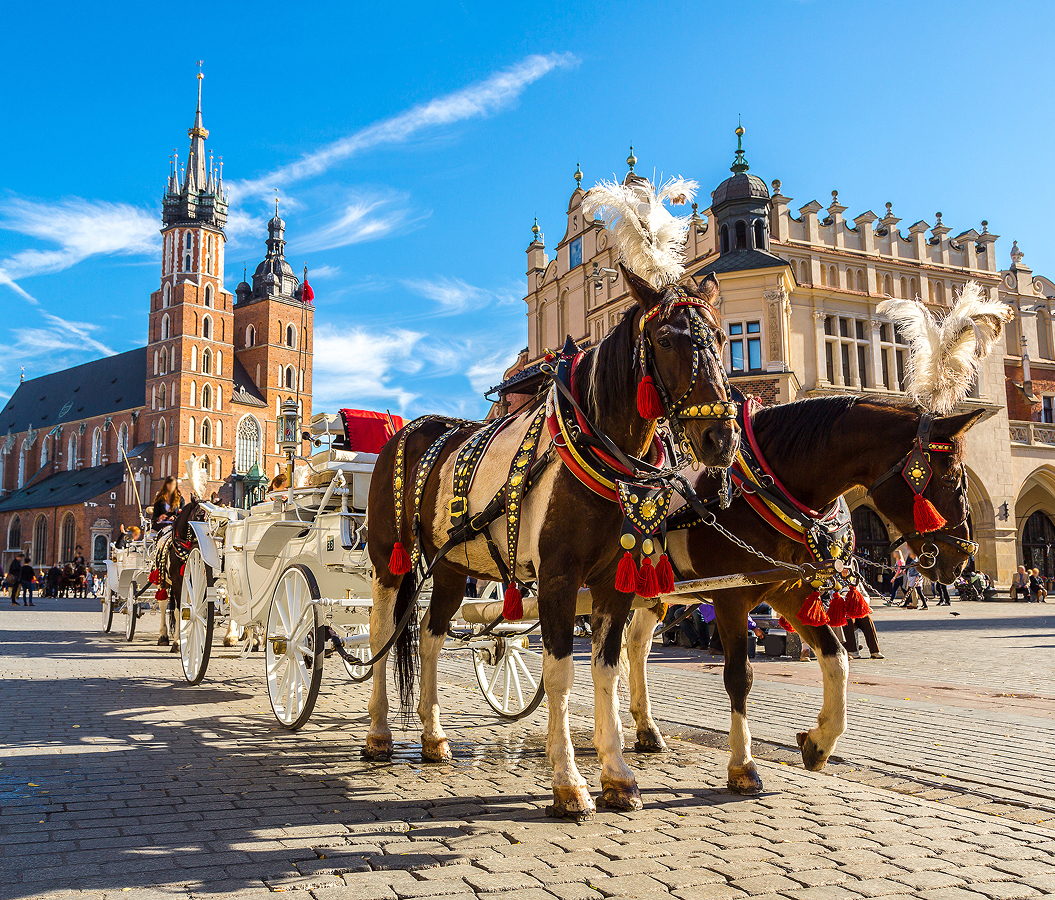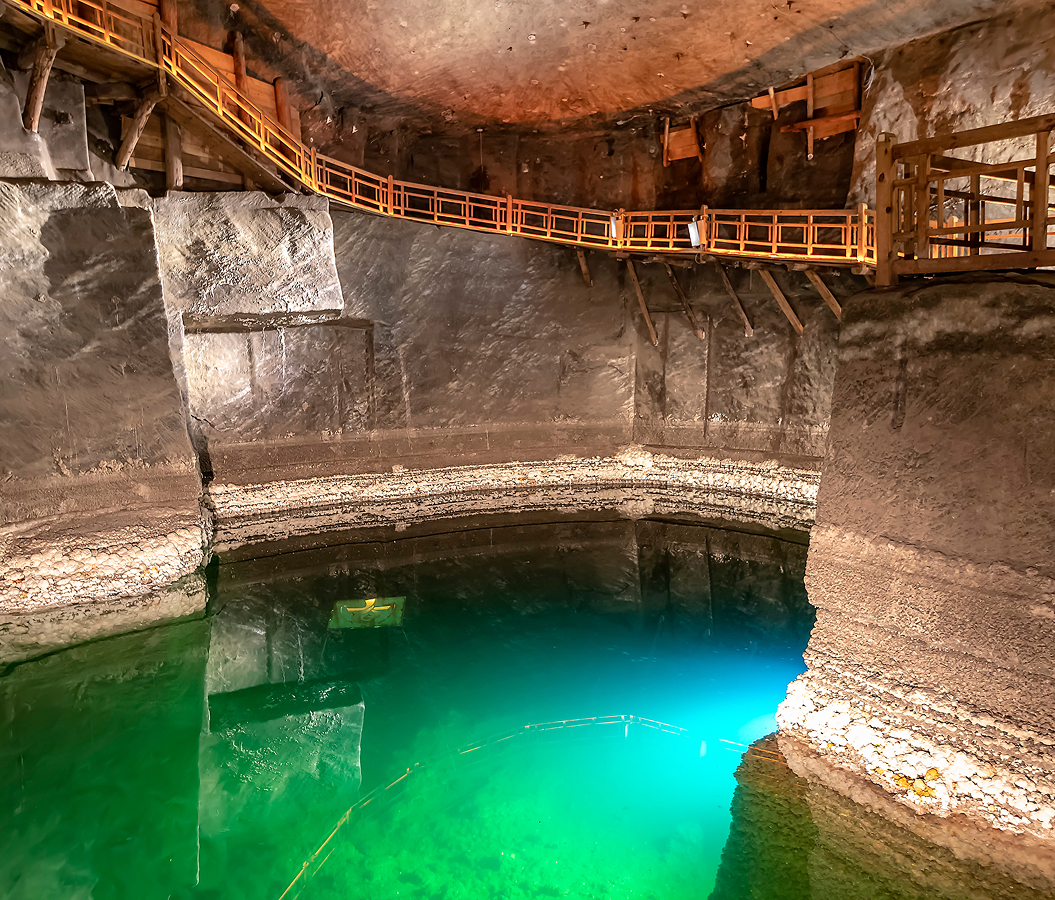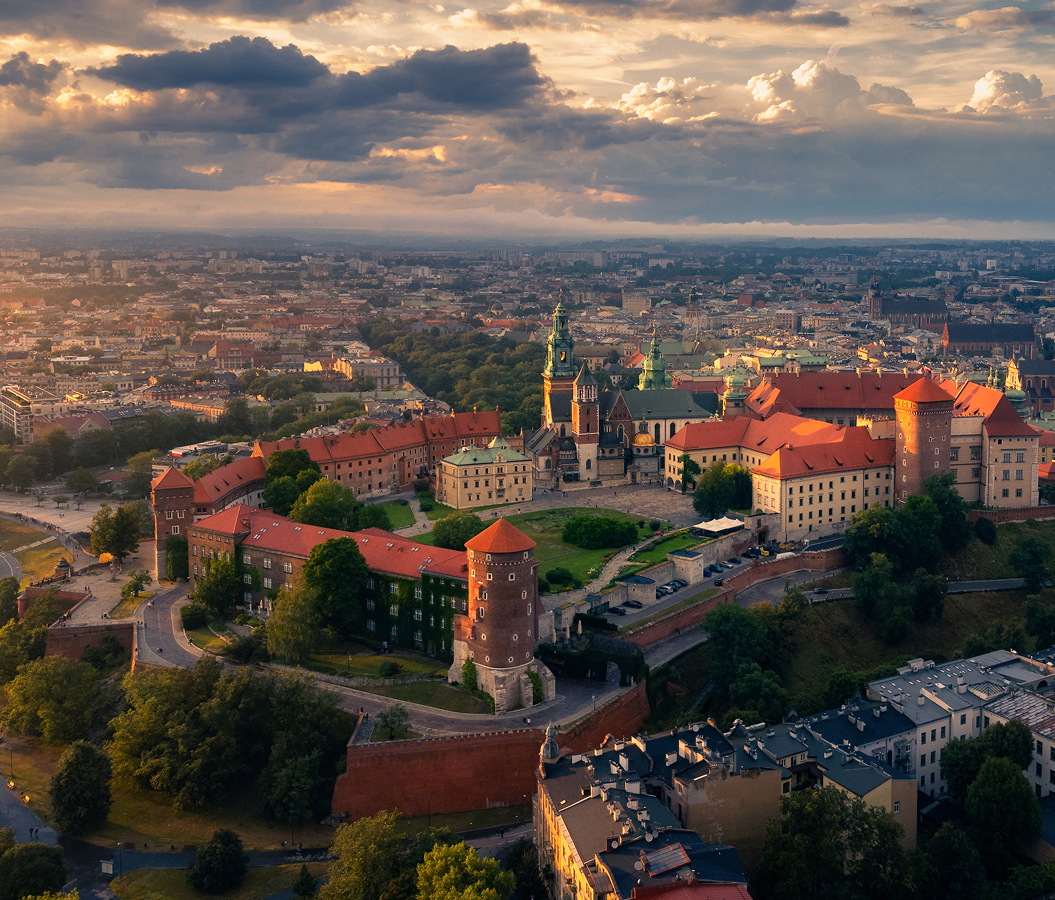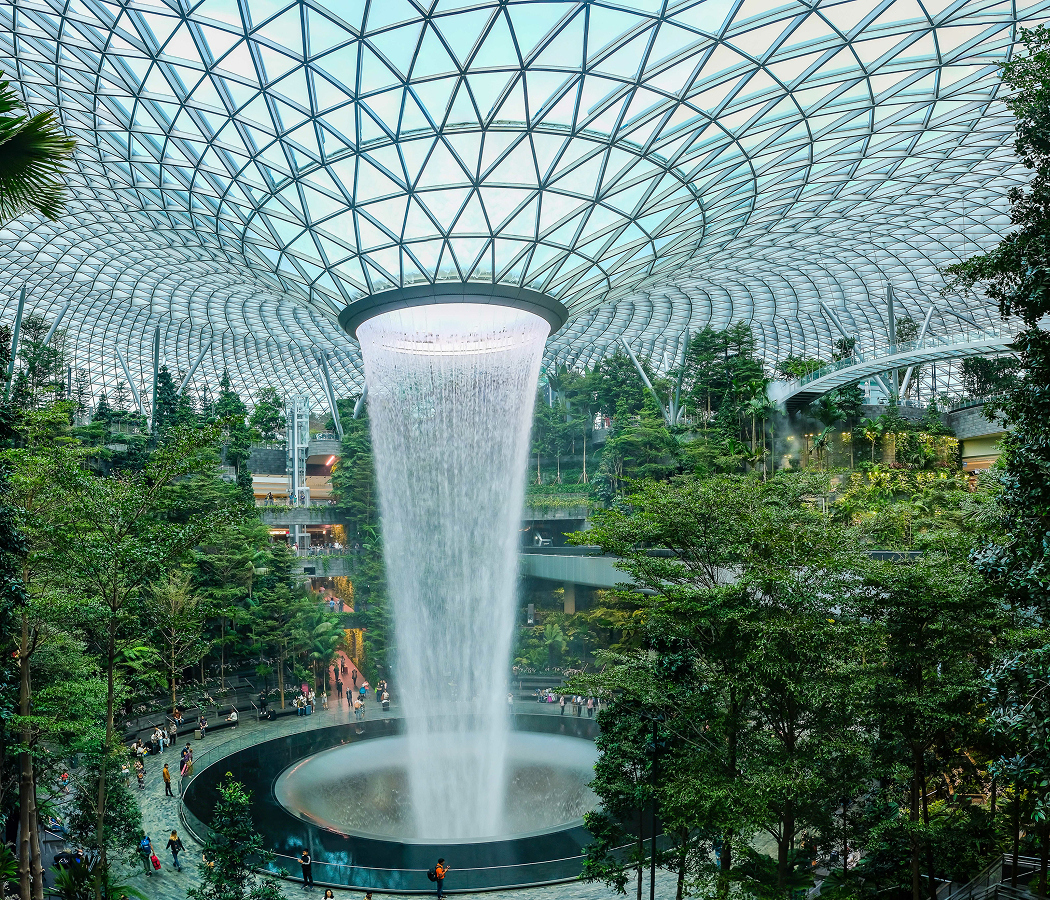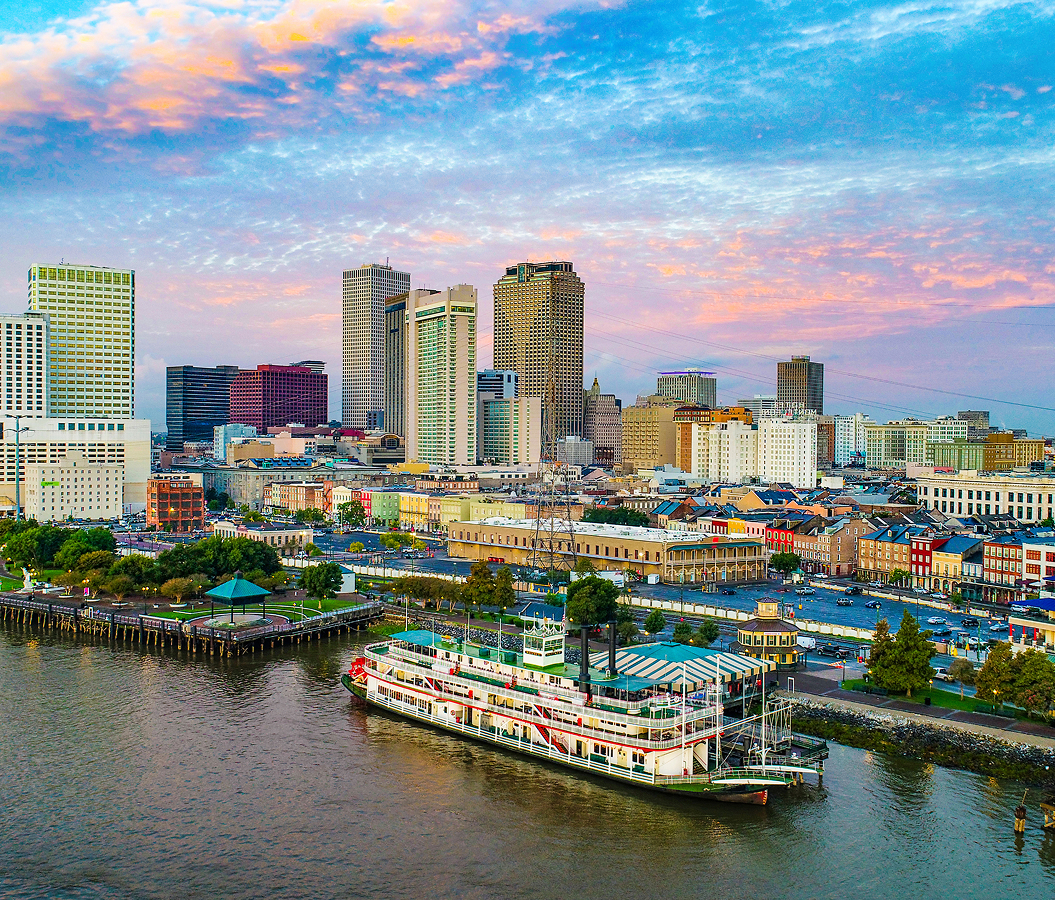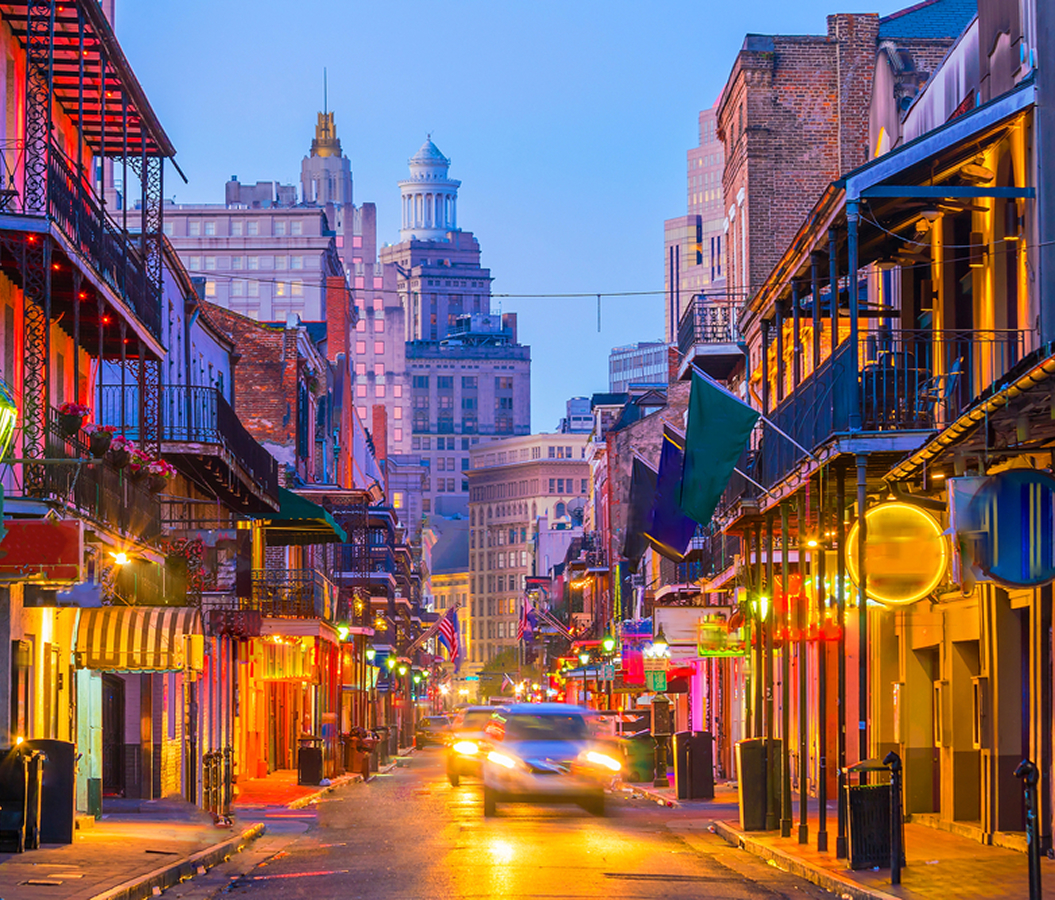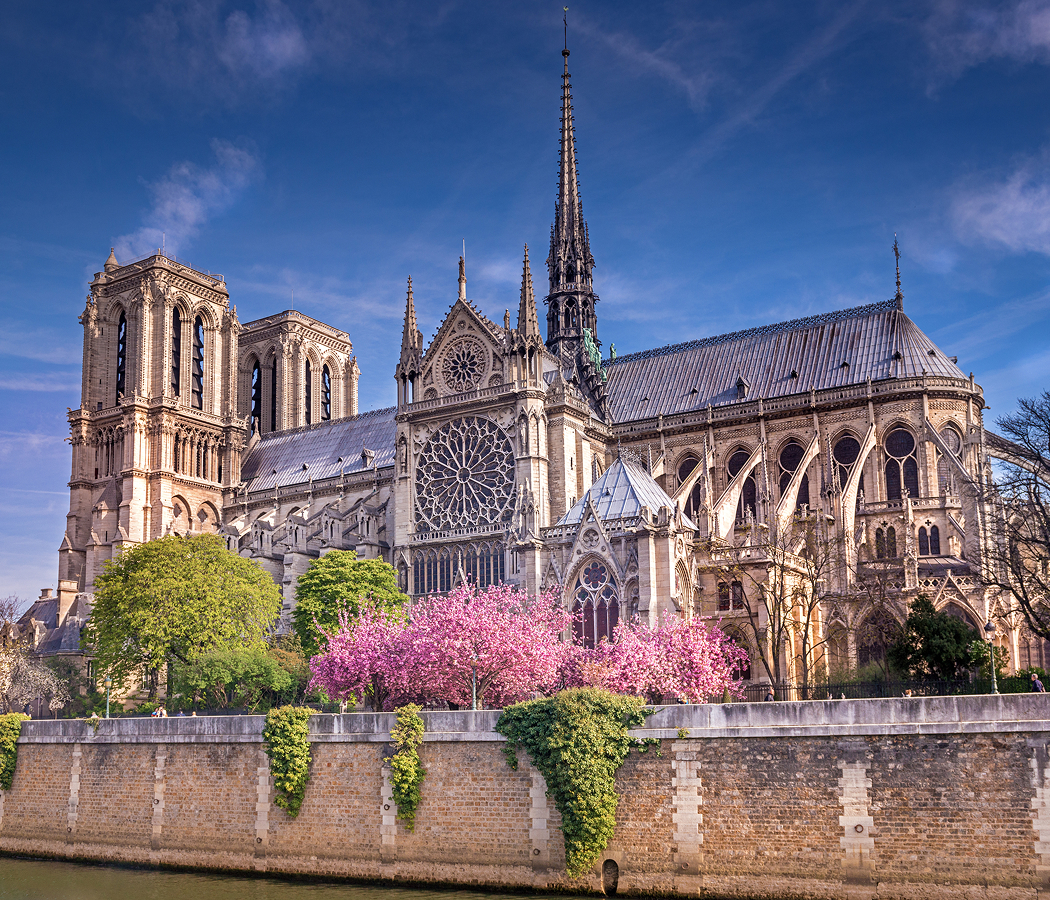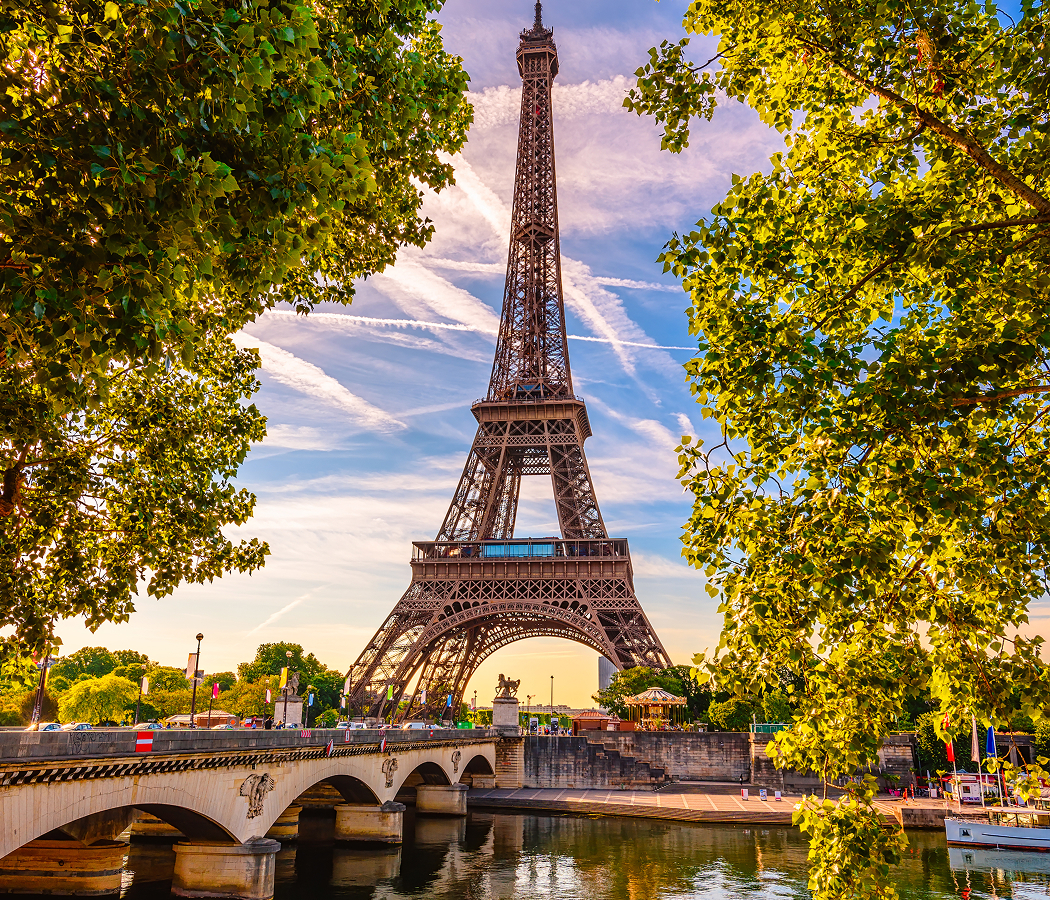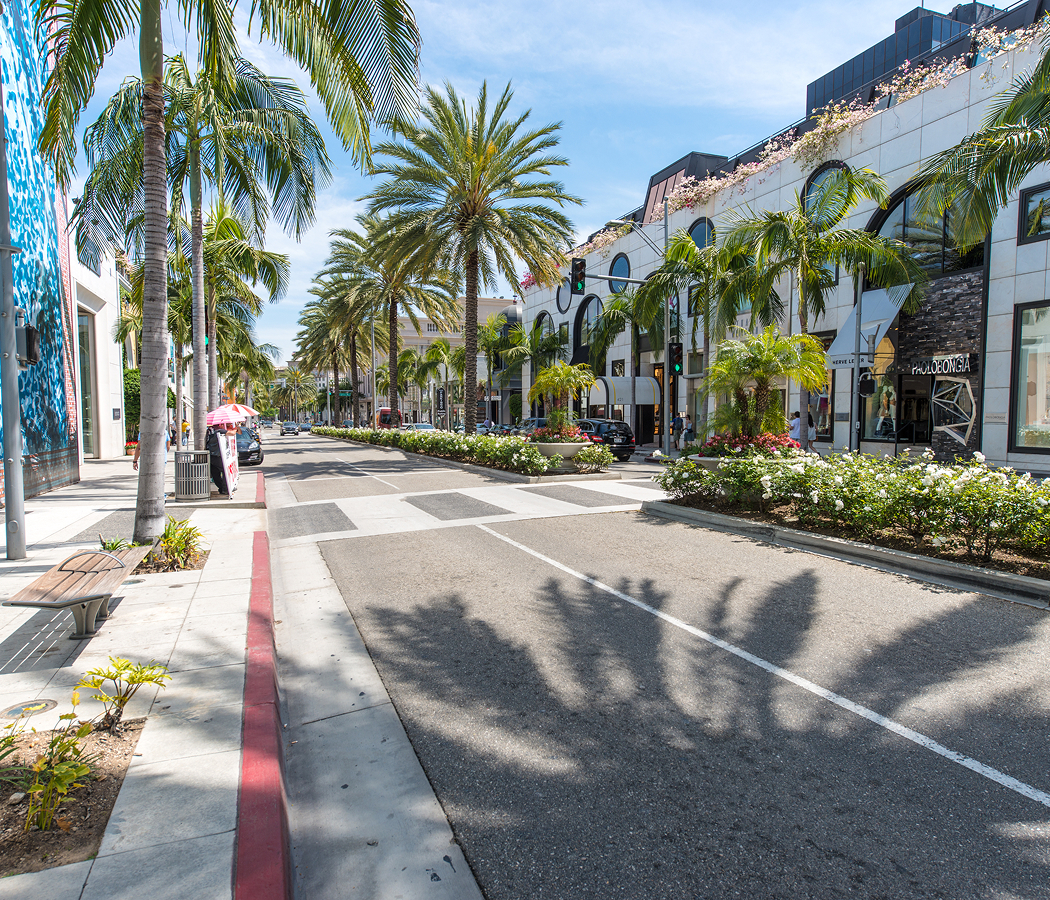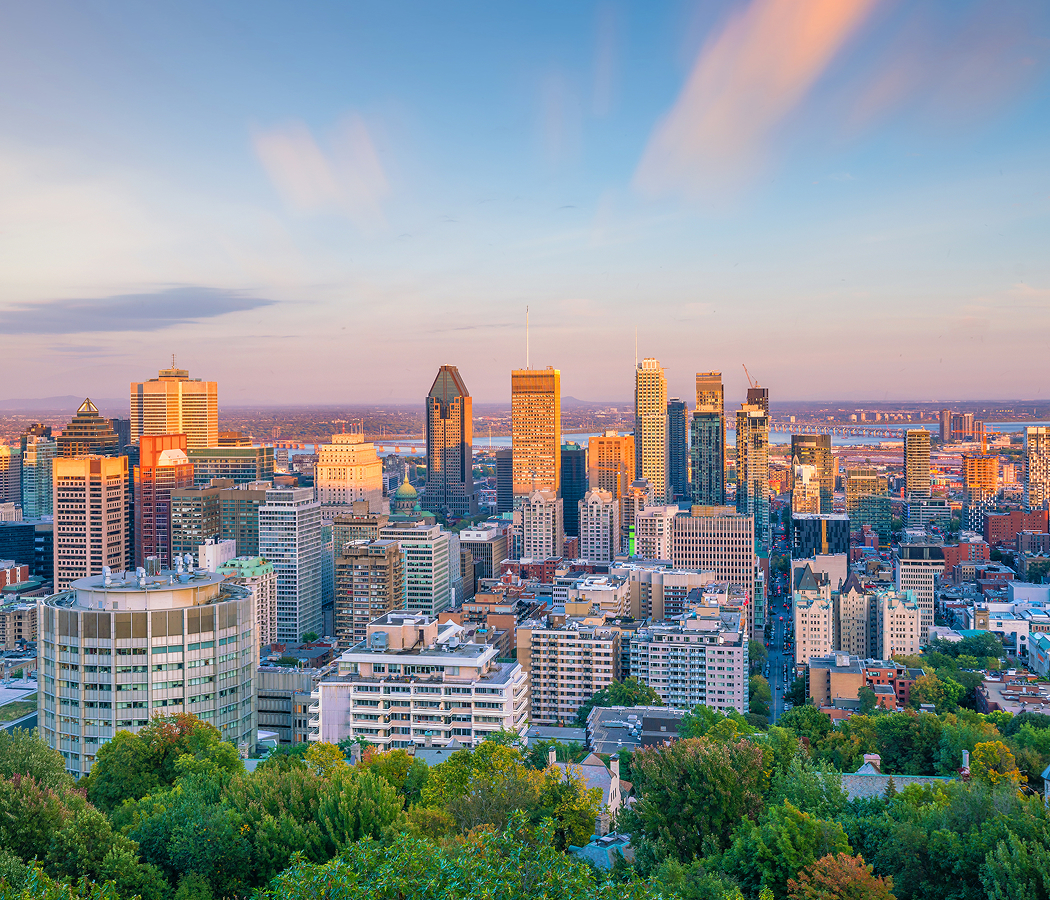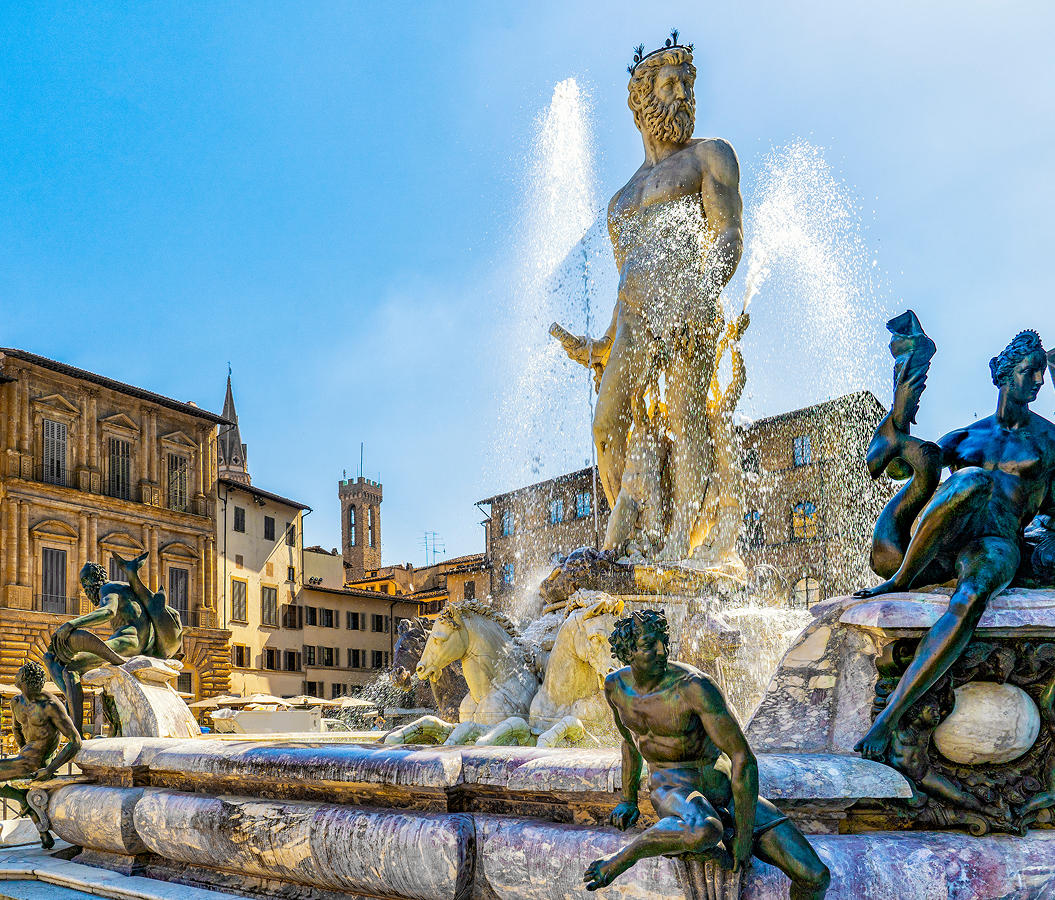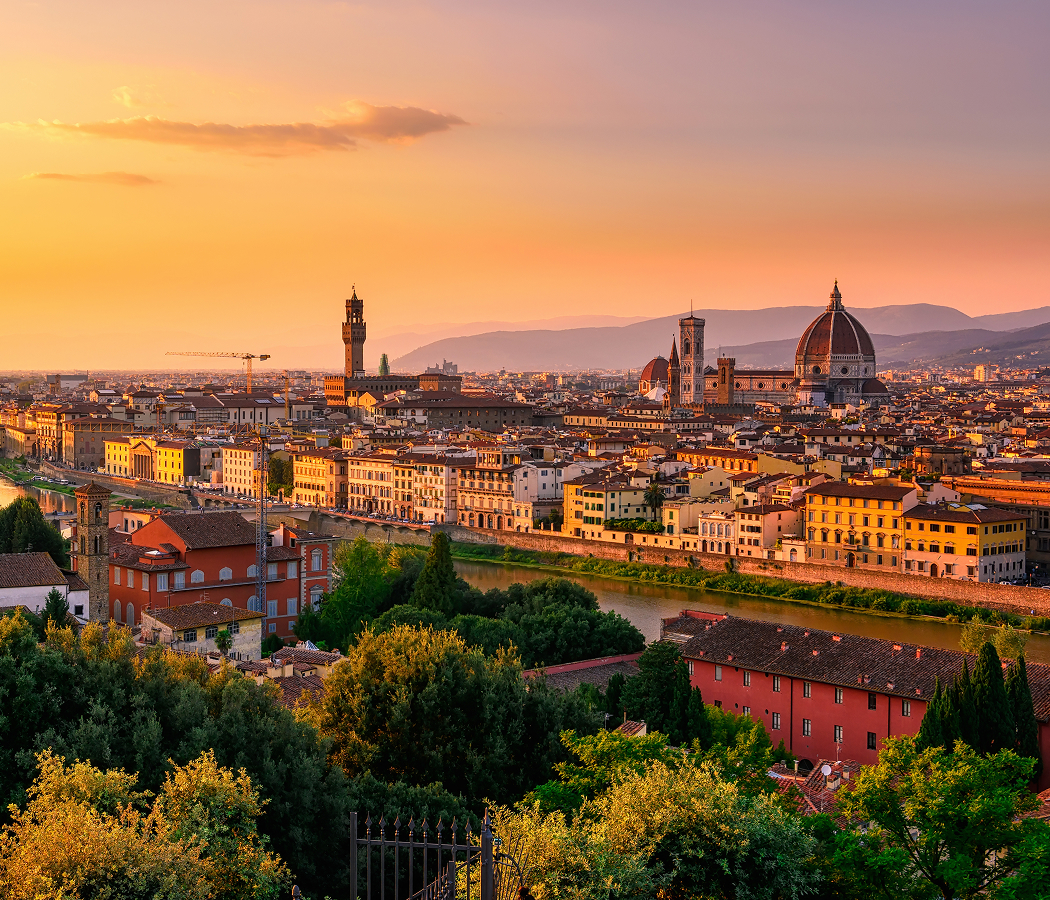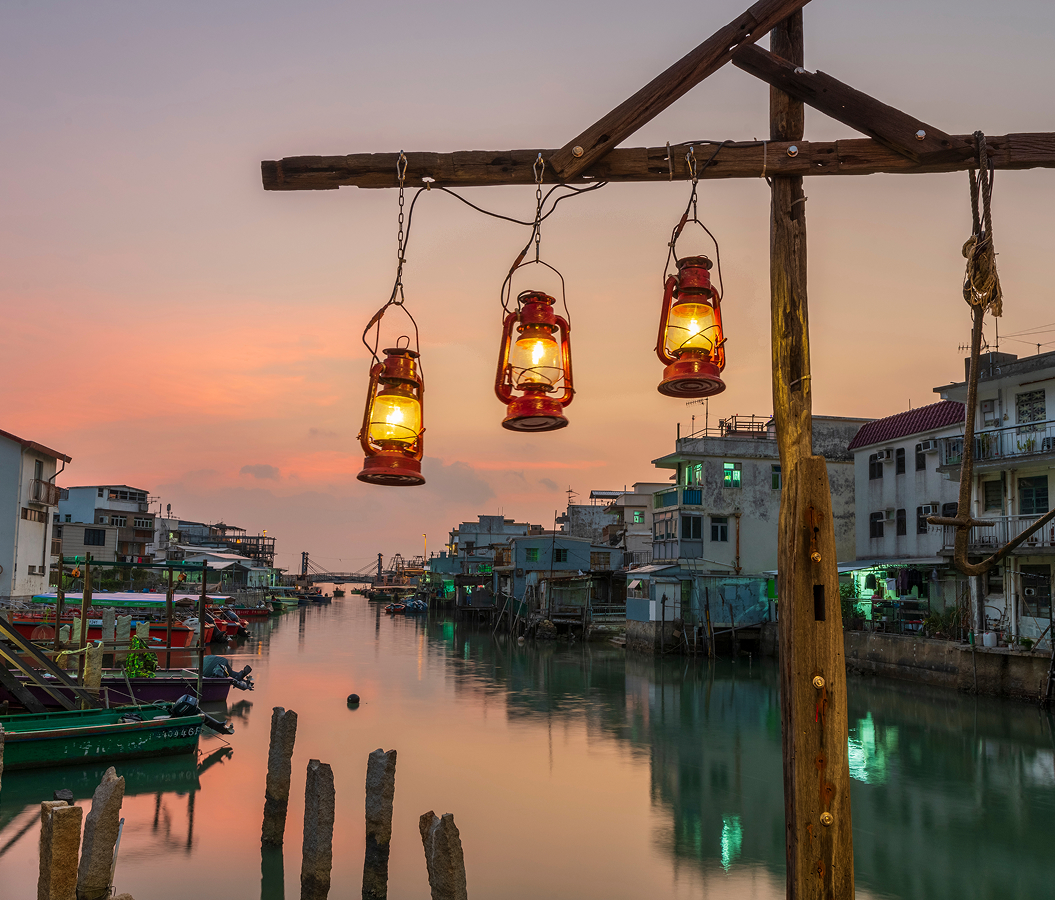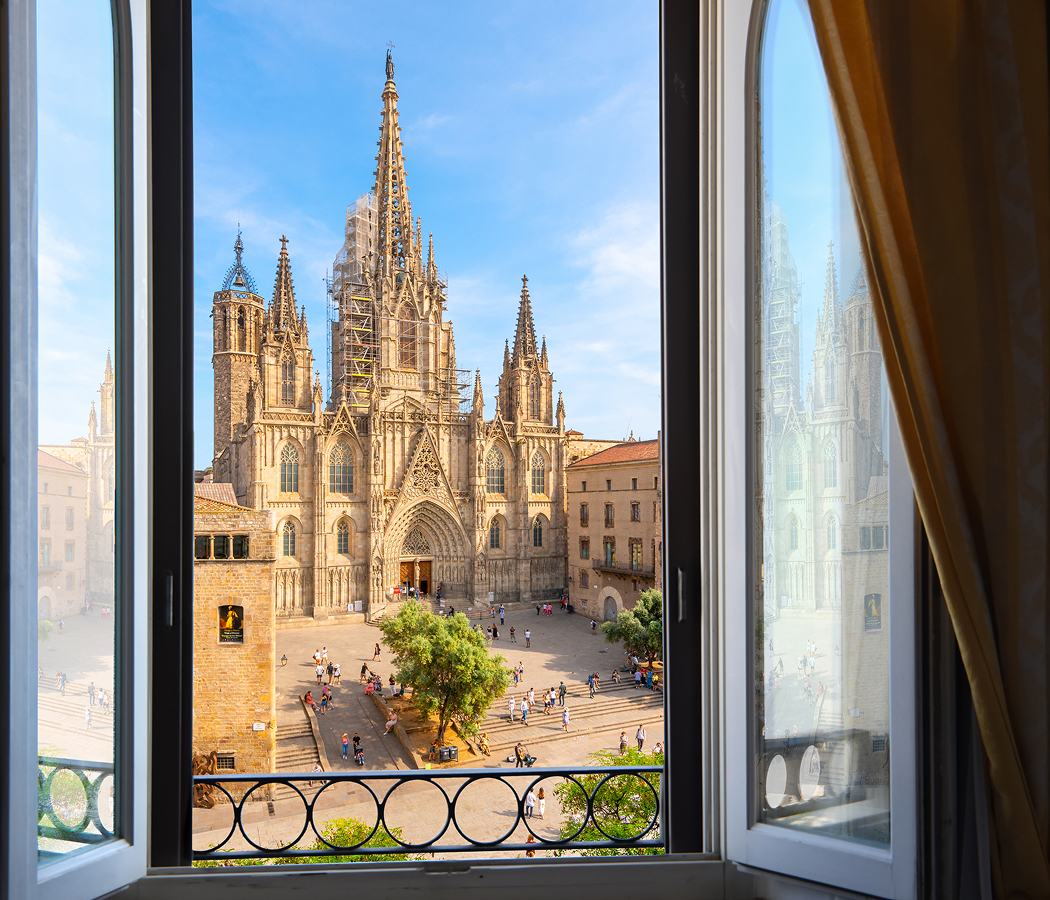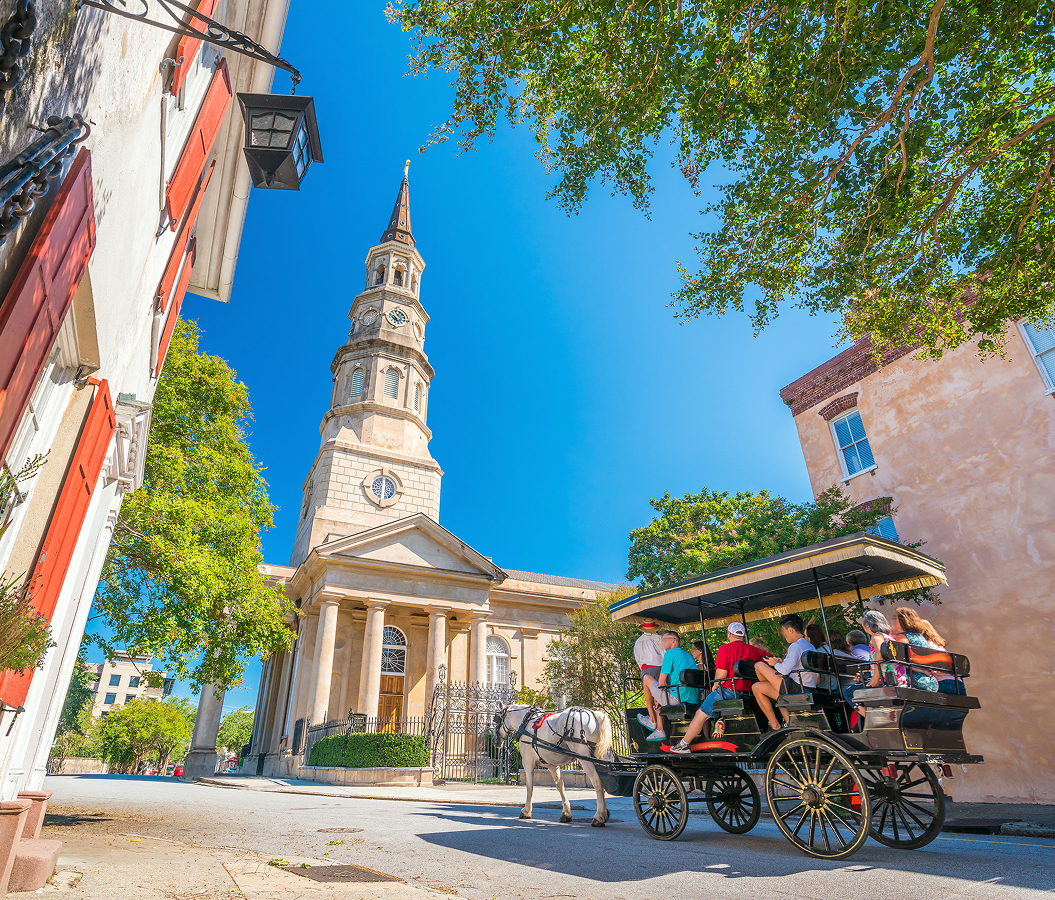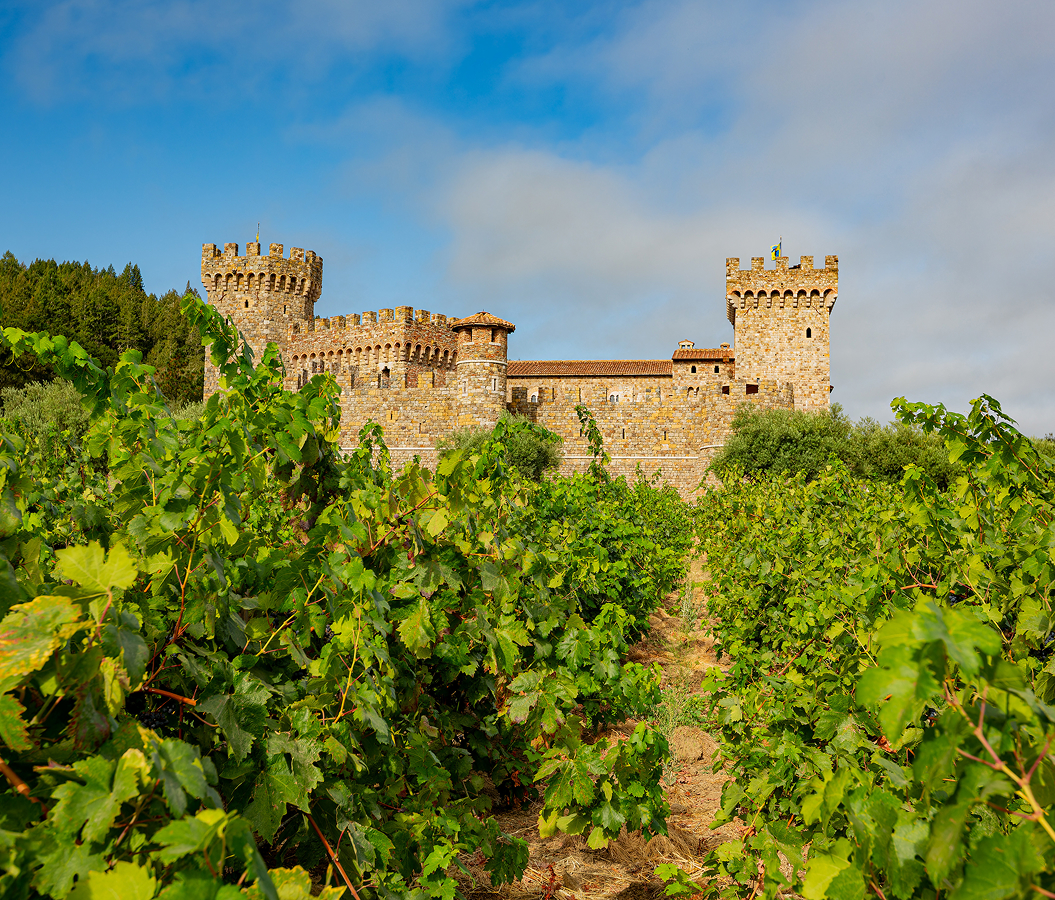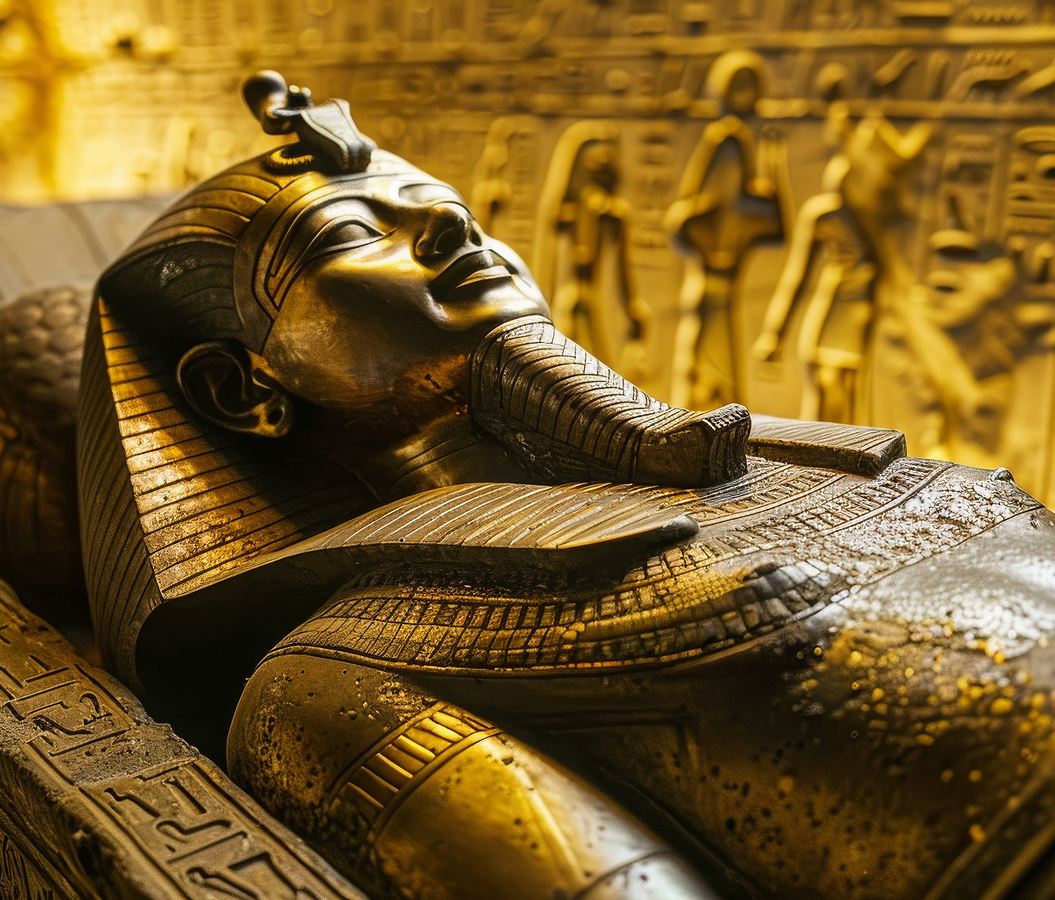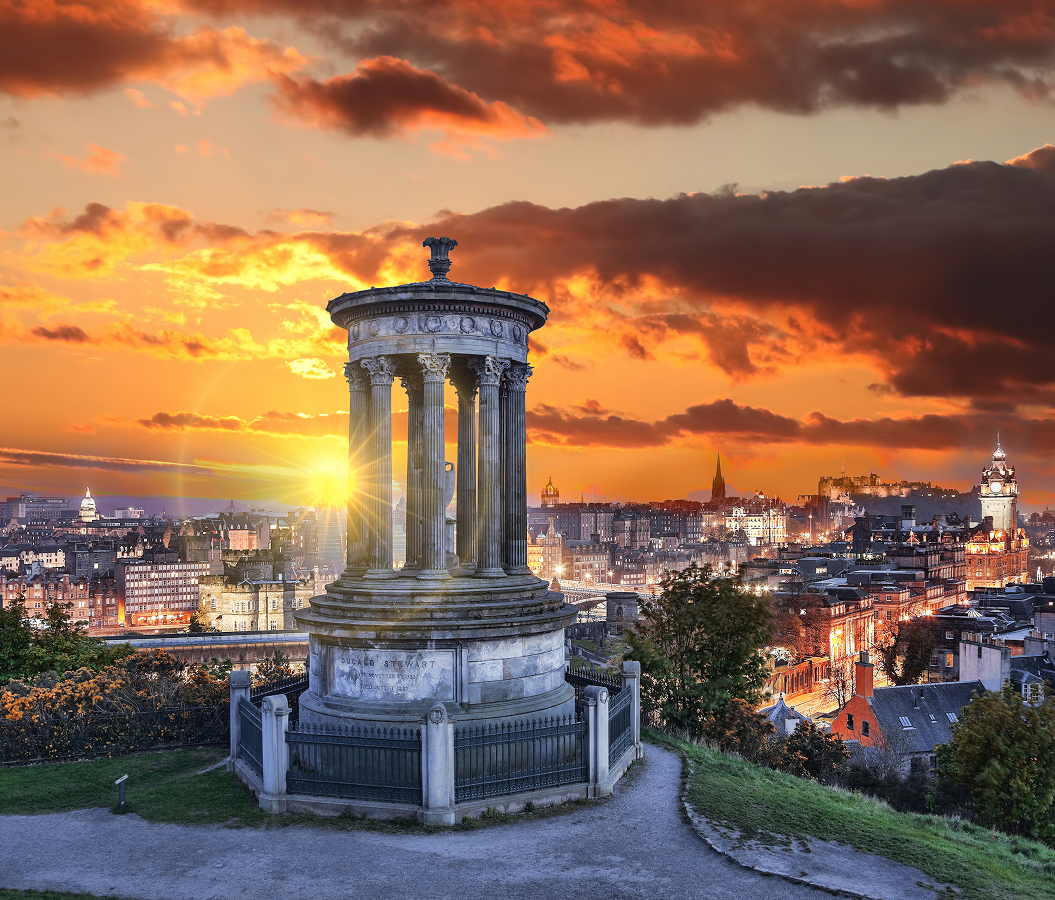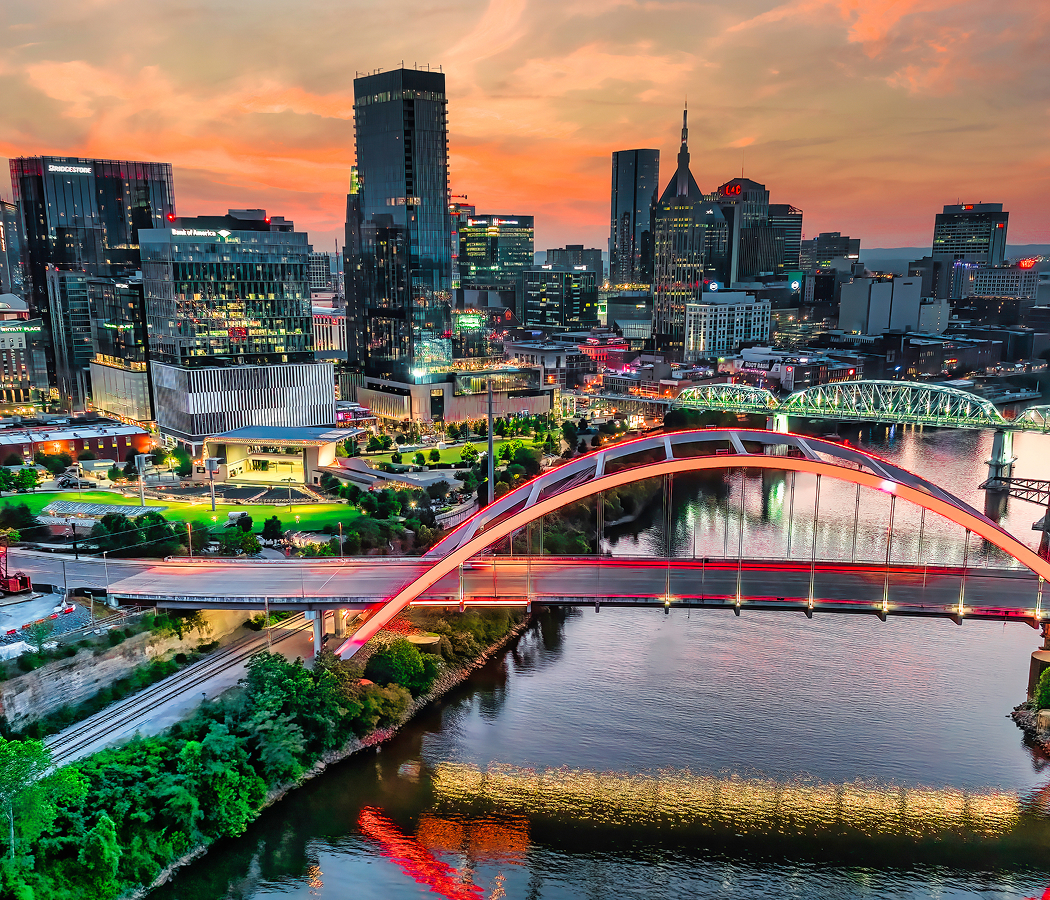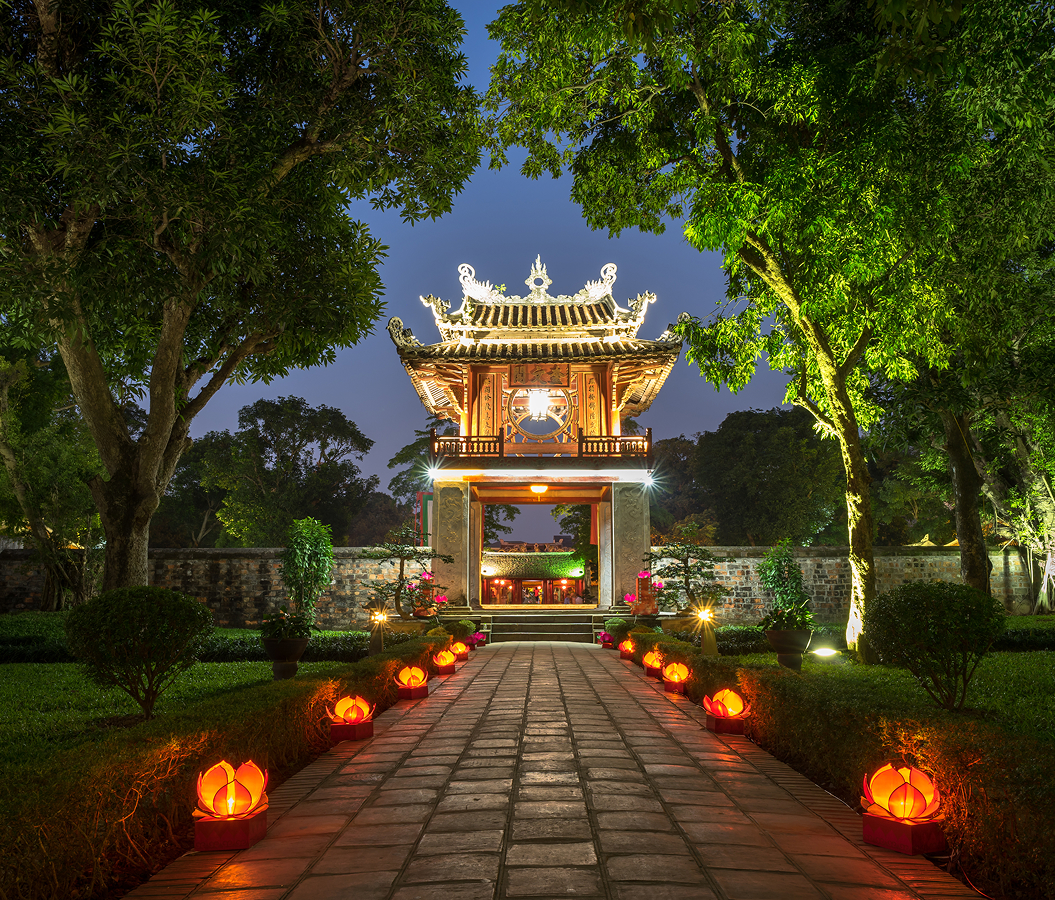
Why you should experience Széchenyi Thermal Bath in Budapest.
In the heart of Budapest’s grand City Park, the Széchenyi Thermal Bath is not just a spa, it’s a living masterpiece where relaxation meets history, and steam rises like poetry from the past.
Step inside and you’re immediately enveloped in golden light and mineral-scented air. Ornate neo-Baroque architecture surrounds sprawling pools that shimmer in hues of turquoise and amber, their surfaces rippling beneath the soft hum of conversation and laughter. This isn’t a quiet retreat, it’s a celebration of life. Locals and travelers alike soak in the outdoor baths year-round, even in winter, when snowflakes melt on warm water and clouds of steam curl against the yellow colonnades. Built in 1913, Széchenyi remains one of Europe’s largest and most iconic thermal complexes, drawing from natural hot springs deep beneath the Pannonian Basin. The experience is both social and spiritual, part café, part cathedral. Elderly men play chess on floating boards, tourists float with eyes closed beneath sculpted cherubs, and Budapesters debate philosophy from pool to pool. Whether you come for the mineral-rich waters, said to soothe joints and restore the soul, or simply to bask in the surreal beauty of it all, the Széchenyi Bath is an immersion into the essence of Hungary itself, warm, proud, and timelessly alive.
What you didn’t know about the Széchenyi Thermal Bath.
Though its grandeur feels eternal, the story of Széchenyi Thermal Bath is one of ingenuity, resilience, and civic pride.
The first geothermal well was drilled in 1868, but it wasn’t until 1913 that the bath officially opened, transforming a once-marshy park into a destination of health and leisure. The bath’s architect, Győző Czigler, envisioned a temple of rejuvenation accessible to all, a democratic haven where citizens could find both healing and community. Over time, the Széchenyi became a symbol of Hungary’s thermal heritage, a country uniquely blessed with more than a thousand hot springs. The waters that flow through its 18 pools contain calcium, magnesium, and bicarbonate, minerals that have been scientifically proven to aid circulation and ease chronic pain. During the two World Wars, the baths even provided hot water and medical relief to wounded soldiers and civilians. But its story didn’t end there. After decades of neglect under state socialism, Széchenyi underwent a painstaking restoration in the 1990s, reviving its frescoes, domes, and Corinthian columns to their former splendor. Today, it stands as a UNESCO-protected icon of Hungarian culture, a fusion of science, architecture, and human connection. Few visitors realize that beneath the bath’s grand courtyard lies an intricate system of pipes and reservoirs that channel mineral water from over 1,200 meters below the earth, a reminder that Széchenyi’s power, like Budapest’s spirit, comes from deep within.
How to fold Széchenyi Thermal Bath into your trip.
Experiencing Széchenyi Thermal Bath is a ritual, one that rewards patience, presence, and a willingness to simply be.
Arrive early in the morning if you want to savor the serenity before the crowds, or come at twilight, when the domes glow against a violet sky and the steam turns golden in the floodlights. Buy your ticket online in advance, and consider renting a cabin for privacy between dips. Start indoors, where the smaller thermal pools vary in temperature and mineral concentration, letting your body adjust gradually. Then step outside to the grand courtyard, the heart of Széchenyi, where two massive pools welcome bathers beneath stately arches. The larger pool stays around 38°C (100°F), perfect for lounging as chess players square off at the edge, while jets of water massage shoulders and backs. Take breaks to explore the saunas, steam rooms, and massage offerings, or sip a frosty beer or herbal tea from the poolside bar. For photographers, early morning and sunset provide the most cinematic light, especially in winter when steam drapes the scene like a dream. When you finally leave, stroll through City Park toward Heroes’ Square, where statues of Hungary’s founders stand illuminated against the night, a fitting reminder that Széchenyi isn’t just a bathhouse, but a monument to renewal. Few experiences in Europe blend luxury, culture, and authenticity so perfectly. To soak here is to soak in history itself, the beating heart of Budapest, still pulsing through water warm as memory.
Hear it from the Foresyte community.
“You go in expecting spa day, then leave feeling like you’ve joined some secret society of floating / laughing strangers. The water’s hot, the locker rooms are in a literal palace and you kinda lose track of time.”
Where meaningful travel begins.
Start your journey with Foresyte, where the planning is part of the magic.
Discover the experiences that matter most.












